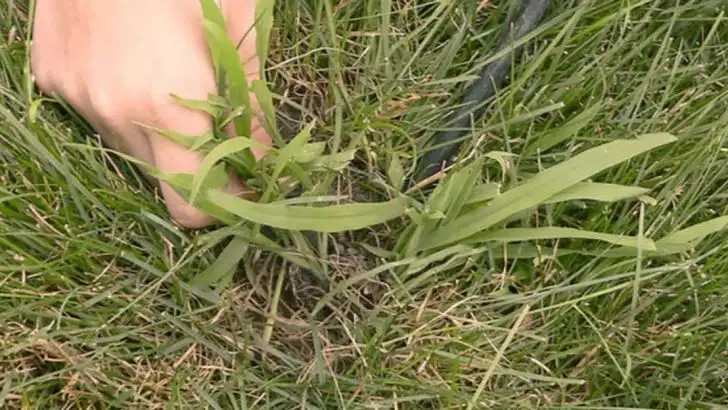Crabgrass is the uninvited guest wrecking your perfect lawn! One day you’re admiring a plush carpet of green. The next, spiky tufts thrust skyward like botanical invaders. They choke out the good grass and turn your yard into a patchwork eyesore. You’ve tried elbow grease and store shelves full of sprays. Yet every summer, crabgrass stages a comeback tour. It laughs at shallow attempts and digs in deeper than you’d expect. Time to flip the script. With 13 battle-tested moves—from early spring pre-emergents to spot-treat tactics—you’ll send those weeds packing. We’ll cover hand-pulling secrets, mowing heights that hate crabgrass, and soil tweaks that favor turf over troublemakers. Ready to reclaim your backyard kingdom? Grab your gloves, kick crabgrass to the curb, and watch your lawn stand tall, plush, and picture-perfect all season long.
Hand Pulling
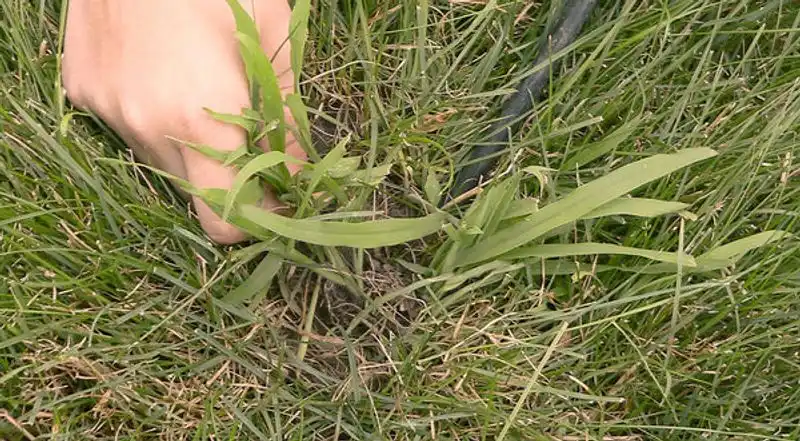
Engaging in a battle of patience and precision, hand pulling is a time-tested method for small infestations. It requires a keen eye and steady hand to extract the crabgrass from its roots.
Ideal for gardeners who find peace in the meticulous process, this method ensures complete removal without chemicals.
However, it can be labor-intensive, requiring persistence and attention to detail.
Ensure all roots are pulled out to prevent regrowth, and it’s best performed after rain when the soil is moist.
Boiling Water
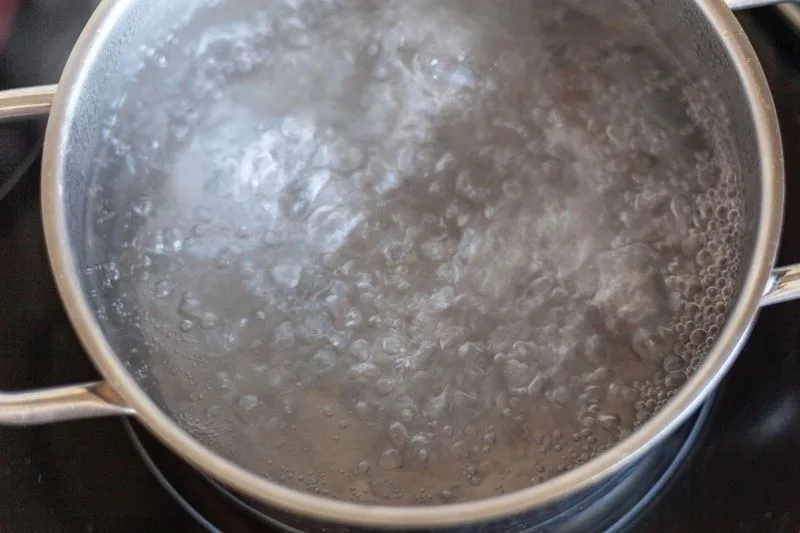
Turning up the heat in an eco-friendly way, boiling water is a surprising opponent to crabgrass. This method shocks the plant, effectively killing it without chemicals.
Simple to execute, simply pour boiling water directly onto the problem area.
Be cautious of nearby plants as they may also be affected.
This method is especially suitable for isolated patches where precision is key, leaving your lawn unharmed if applied carefully.
Vinegar Solution
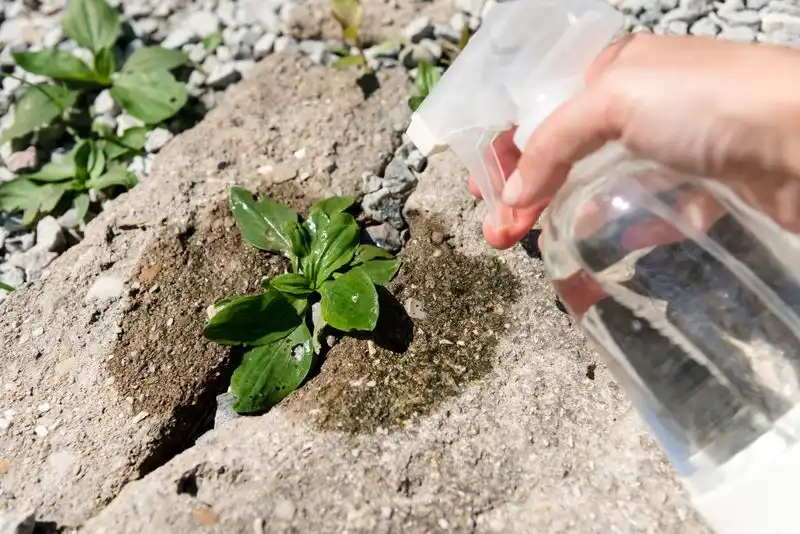
Arming yourself with a common kitchen staple, vinegar solution serves as a natural herbicide. Its acidic nature disrupts the crabgrass, making it an effective tool in your gardening arsenal.
Mix vinegar with a bit of dish soap for enhanced adhesion, and spray directly on the weeds.
This method is particularly effective on young plants before they seed, ensuring the lawn retains its health and beauty.
Remember to avoid contact with desired plants to maintain your garden’s vibrancy.
Corn Gluten Meal
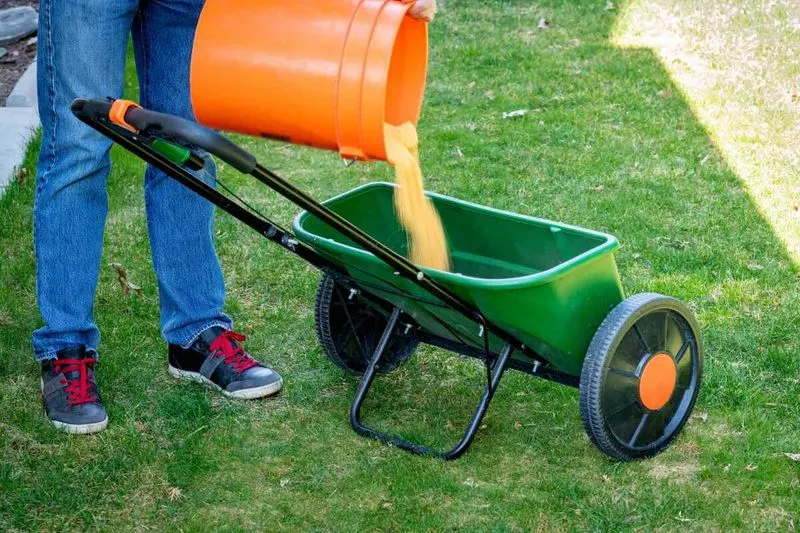
Corn gluten meal offers a preventative approach, halting crabgrass before it sprouts. As a natural pre-emergent, it disrupts seedling development, making it a preferred choice for proactive gardeners.
Sprinkle it evenly over your lawn, particularly in early spring.
Besides its preventative qualities, it adds nitrogen to the soil, nourishing your grass.
This method is a wonderful blend of prevention and fertilization, supporting a healthy, crabgrass-free lawn.
Mulching
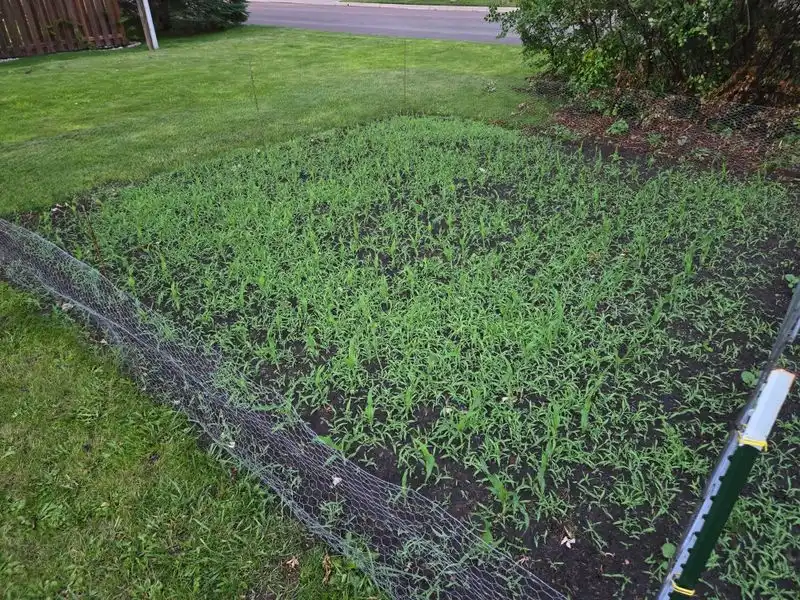
Mulching acts as a protective blanket, smothering crabgrass and preventing its seeds from germinating. This method is both practical and aesthetically pleasing, enhancing your garden’s appearance.
Lay down a thick layer around your plants, ensuring complete coverage.
Mulching also retains moisture and regulates soil temperature, creating a more favorable environment for your desired plants.
A versatile method, it offers both weed control and soil nourishment.
Chemical Herbicides
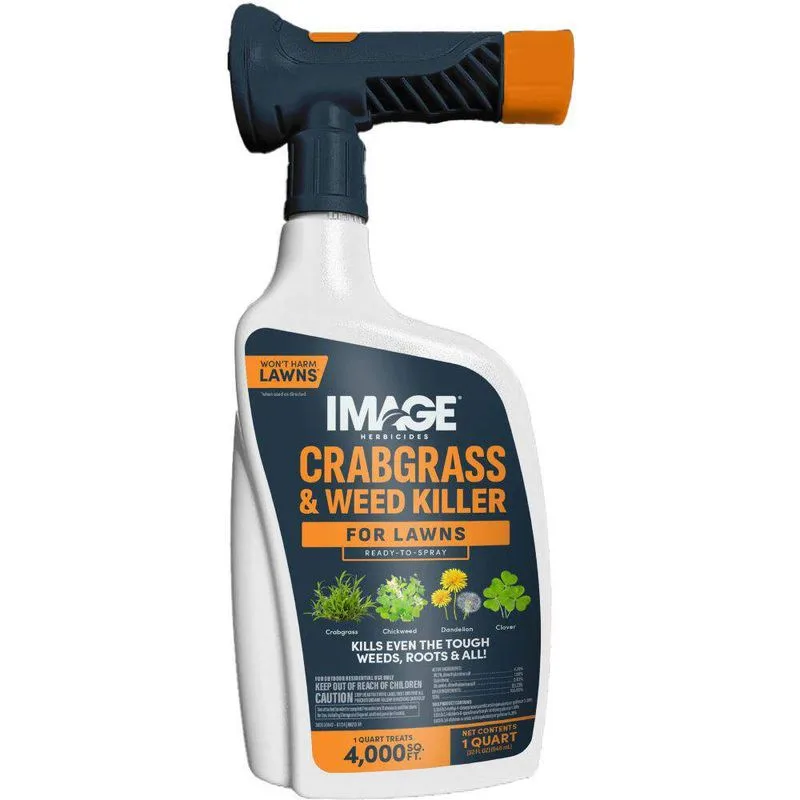
For those seeking immediate results, chemical herbicides offer a potent solution against crabgrass. These products are formulated to target and eradicate tough weeds, providing a quick fix.
Care must be taken to choose a suitable product for your grass type and to follow instructions closely.
While effective, use sparingly to prevent damage to your lawn and surrounding ecosystem.
Chemical herbicides are best for severe infestations where other methods have failed.
Mowing High
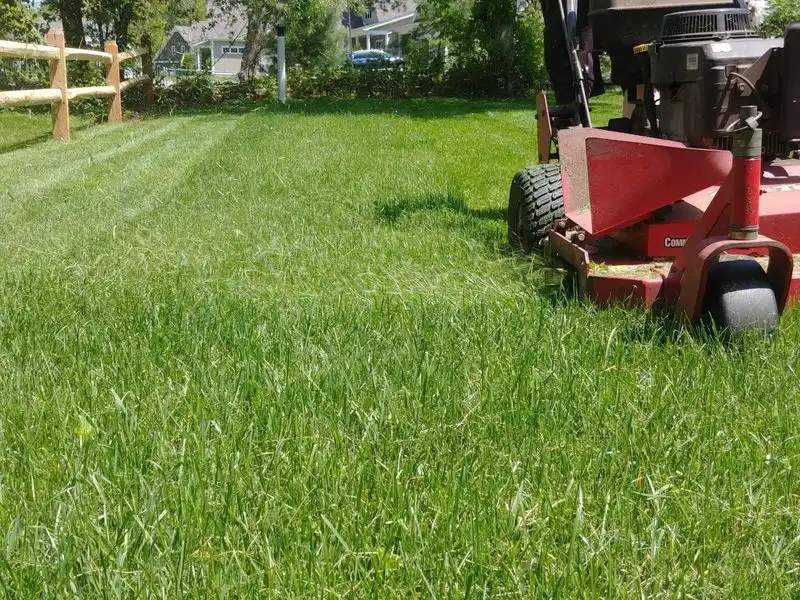
A simple yet effective tactic, mowing high allows your grass to outcompete crabgrass. Taller grass shades the soil, reducing the opportunity for crabgrass seeds to germinate.
This method fosters a thicker, healthier lawn, naturally suppressing weed growth.
Adjust your mower blades to the highest setting and maintain regular mowing schedules.
By doing so, you encourage robust grass growth while keeping crabgrass at bay.
Aeration
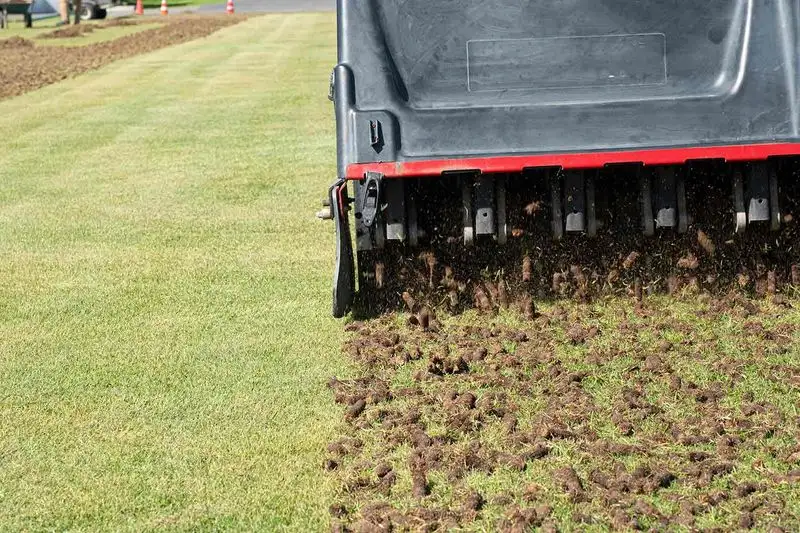
Promoting a lawn’s health from beneath the surface, aeration improves soil structure and reduces compaction. This method increases oxygen flow, allowing grass roots to thrive over weeds.
It’s especially beneficial for compacted or clay-heavy soils.
Aeration should be performed annually, ideally in the fall or spring for optimal results.
This proactive approach supports lush, crabgrass-resistant lawns.
Overseeding
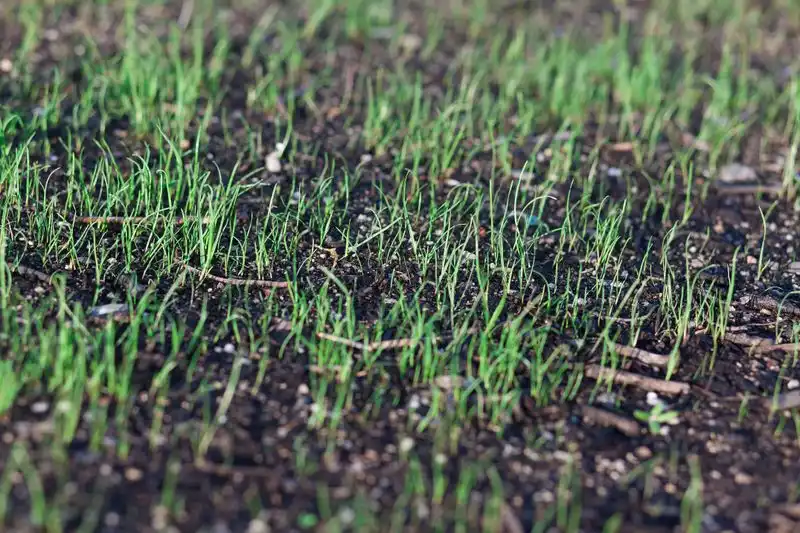
Breathing new life into a tired lawn, overseeding fills in bare spots and encourages thick grass growth. This method involves spreading grass seeds over existing lawns to enhance density.
Choose a suitable seed type that complements your current grass.
Overseeding is best done in early fall or spring, when conditions are optimal for seed germination.
A denser lawn naturally crowds out crabgrass, promoting a healthier, more resilient landscape.
Proper Watering
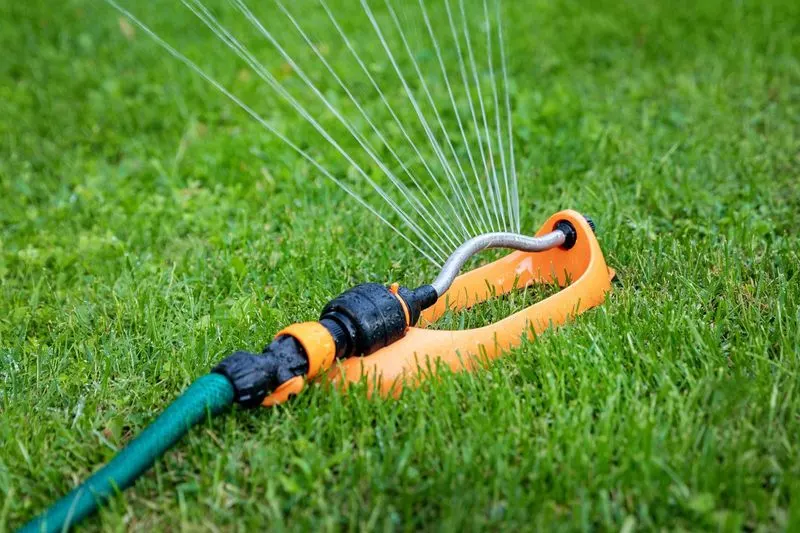
Watering wisely plays a crucial role in maintaining a crabgrass-free lawn. Deep, infrequent watering encourages deep root growth, strengthening your grass.
This method ensures your lawn can outcompete crabgrass for resources, reducing its spread.
Early morning watering is recommended to minimize evaporation and fungal diseases.
By optimizing your watering routine, you foster a robust lawn that naturally suppresses unwanted weeds.
Soil Testing
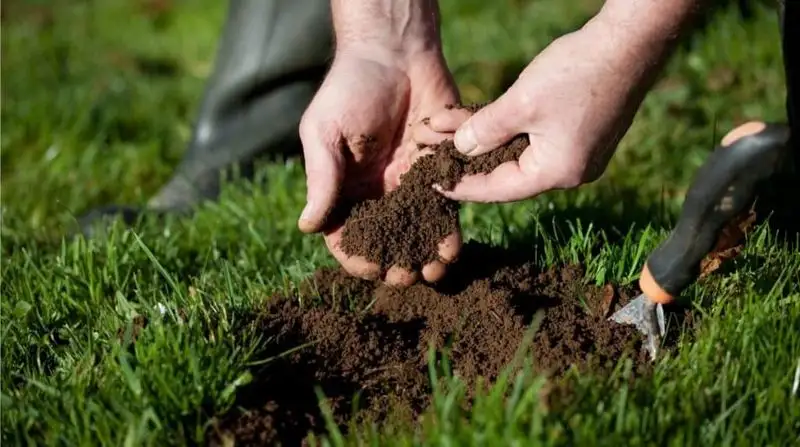
Understanding your soil’s composition is key to a thriving lawn. Soil testing reveals nutrient imbalances and pH levels, guiding you in making informed adjustments.
Correcting these factors empowers your grass to outgrow crabgrass.
Conduct tests regularly, preferably in the growing season, to maintain optimal soil health.
With this knowledge, you’re better equipped to cultivate a lush, crabgrass-free landscape.
Sod Installation
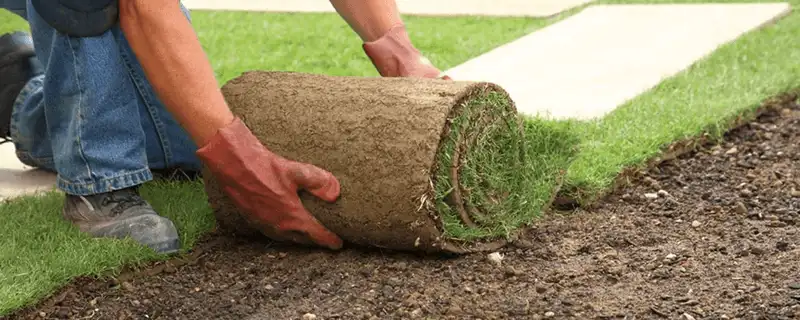
Sod installation offers an instant lawn transformation, providing immediate coverage against crabgrass. This method is ideal for those seeking a quick, aesthetic solution.
Prepare the soil properly before laying the sod for best results.
Sod establishes quickly with proper watering and care, creating a robust grass cover that resists weeds.
This approach is perfect for new lawns or areas struggling with persistent crabgrass.
Maintaining Lawn Health
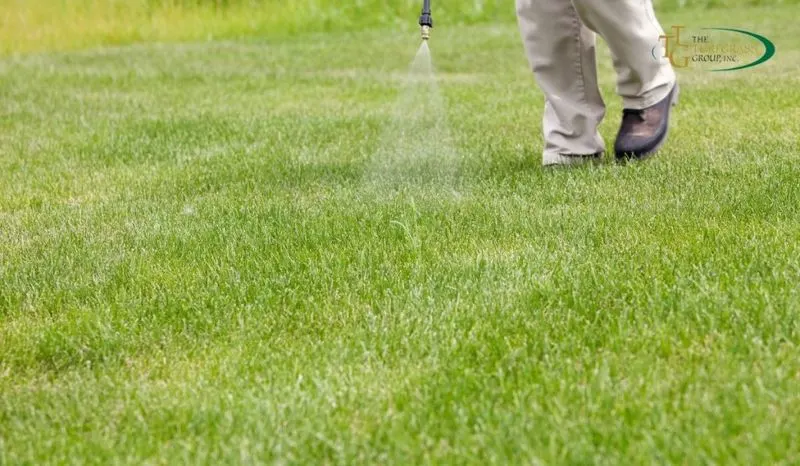
A preventative mindset, maintaining overall lawn health is vital for long-term weed control. It involves regular maintenance practices such as fertilization, pest control, and seasonal care.
By keeping your lawn vigorous and lush, you naturally deter crabgrass invasions.
Customizing your care routine based on your lawn’s needs ensures resilience.
This holistic approach prioritizes lawn vitality, creating an environment where crabgrass struggles to thrive.

